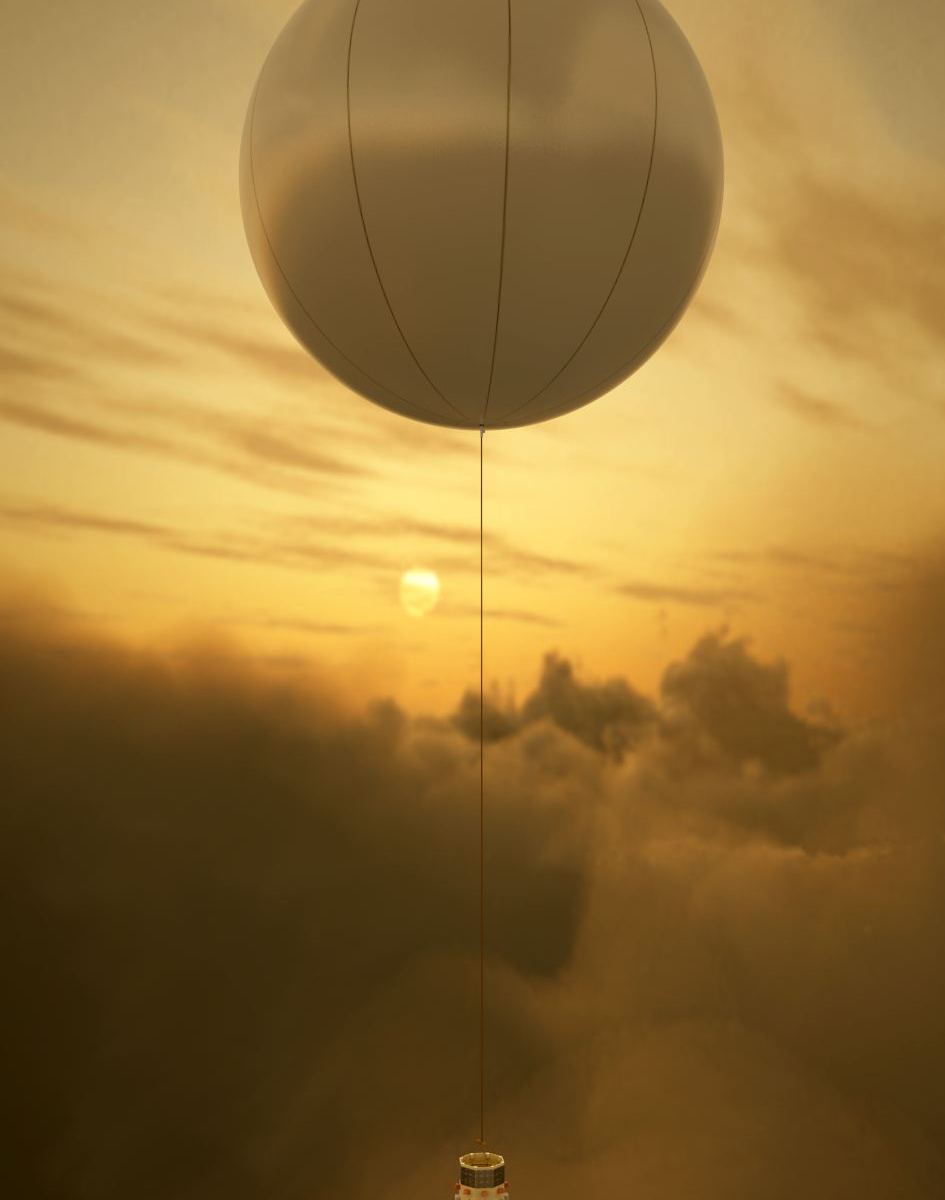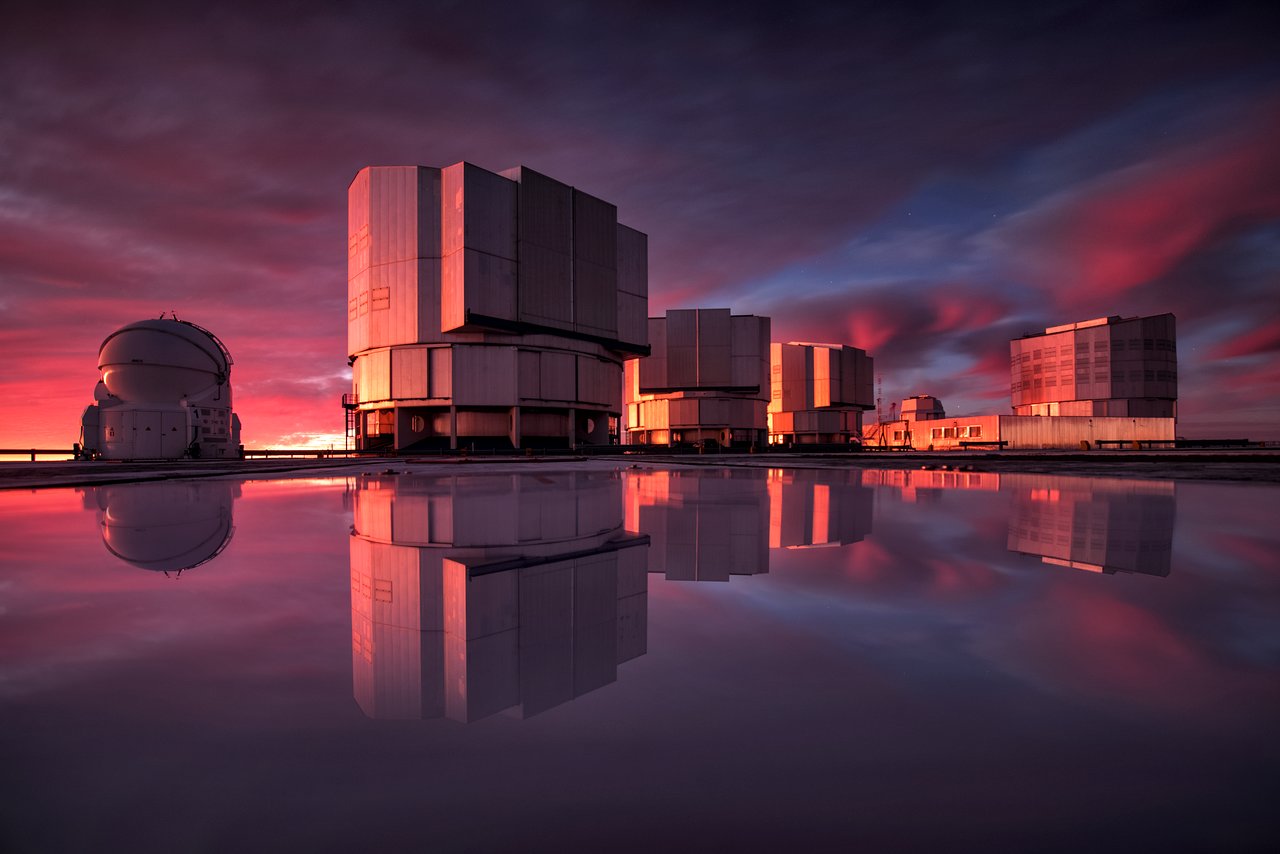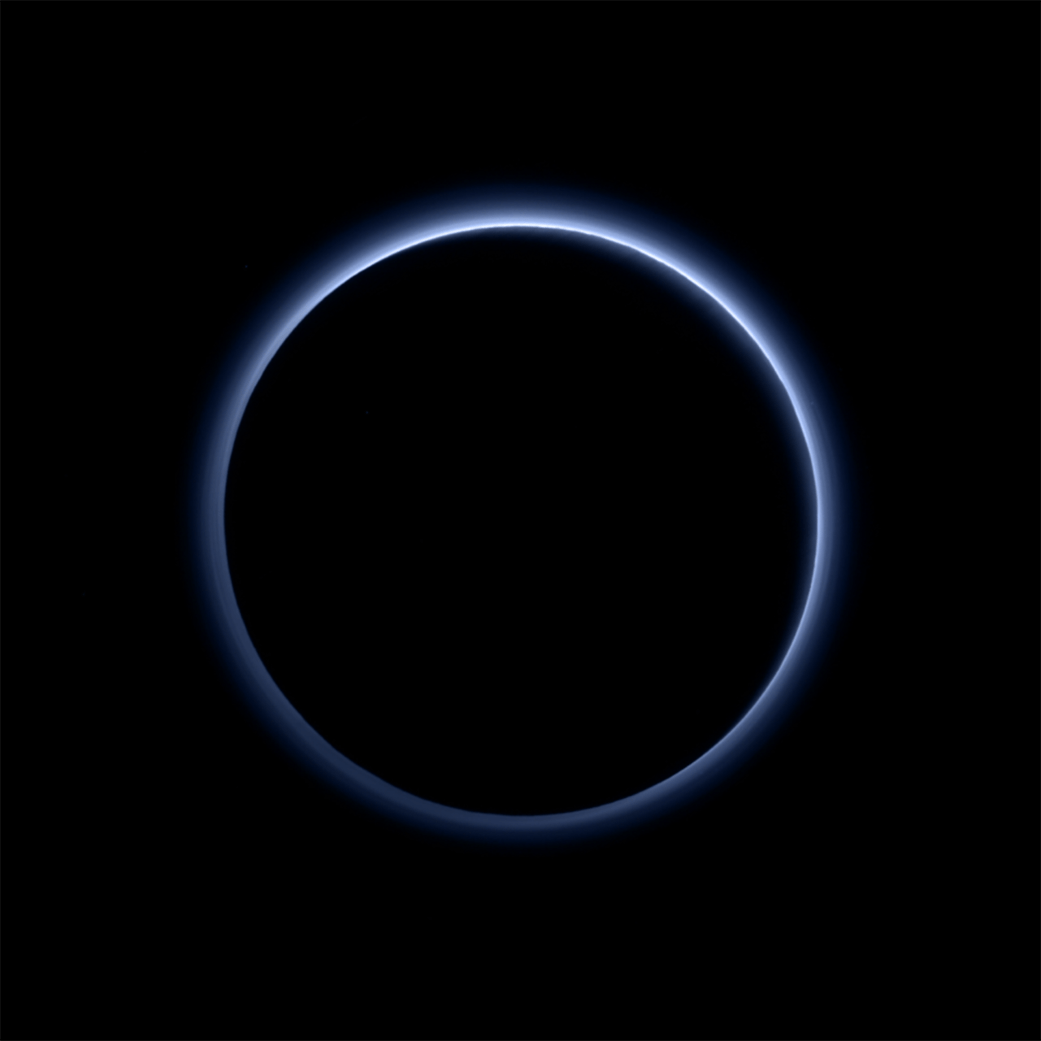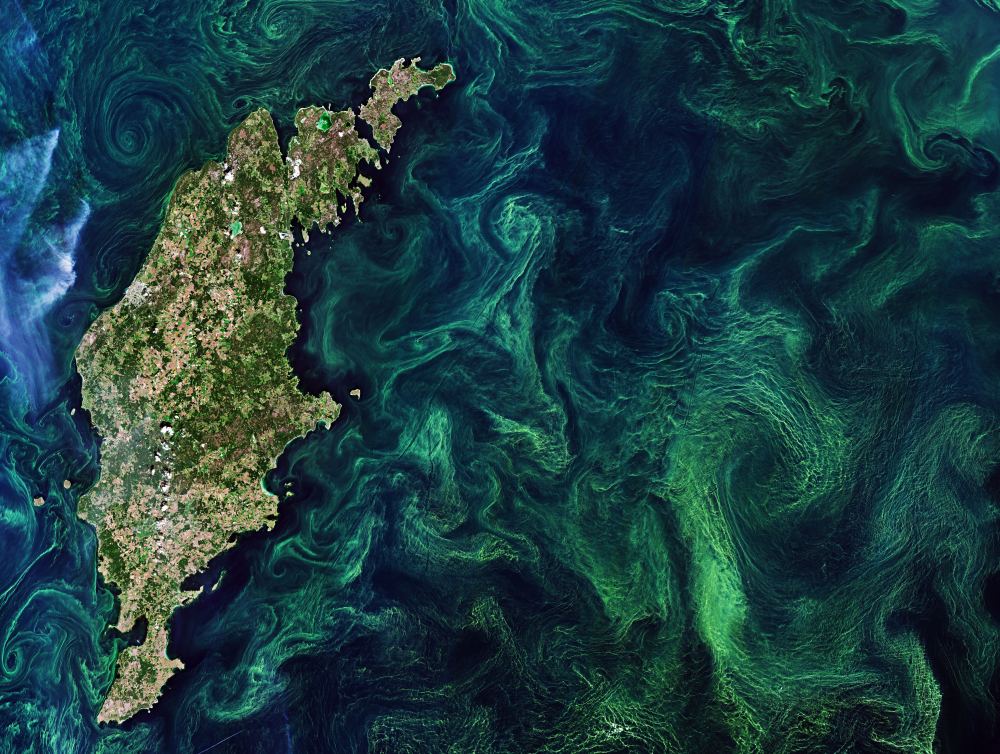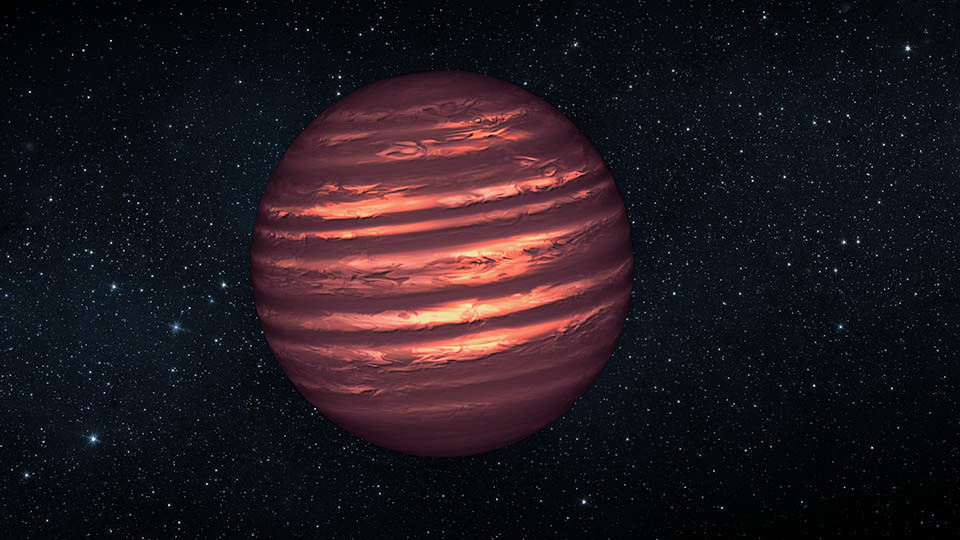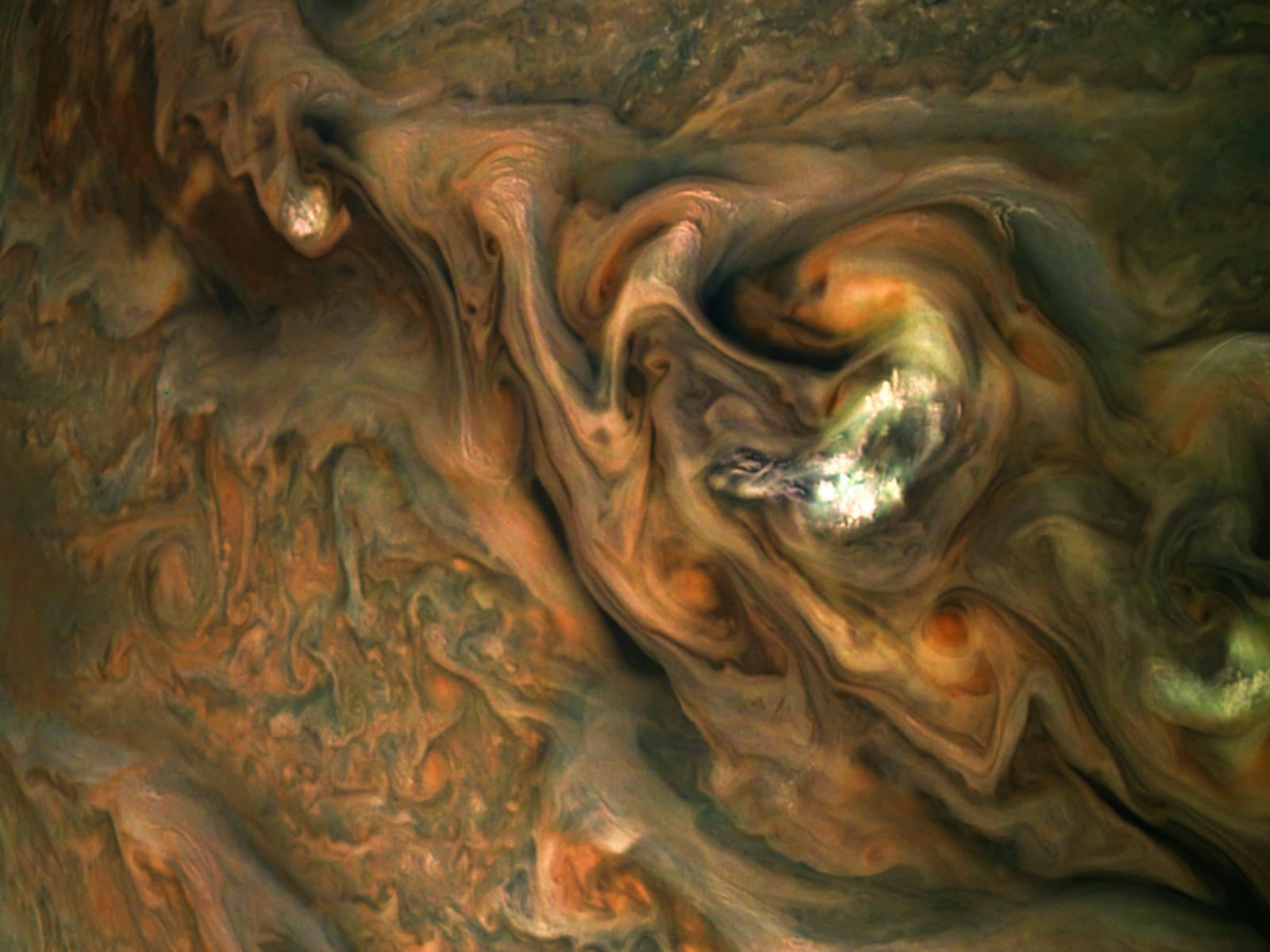Does it feel like all eyes are on Venus these days? The discovery of the potential biomarker phosphine in the planet’s upper atmosphere last month garnered a lot of attention, as it should. There’s still some uncertainty around what the phosphine discovery means, though.
Now a team of researchers claims they’ve discovered the amino acid glycine in Venus’ atmosphere.
Continue reading “Astronomers Report They’ve Detected the Amino Acid Glycine in the Atmosphere of Venus”

